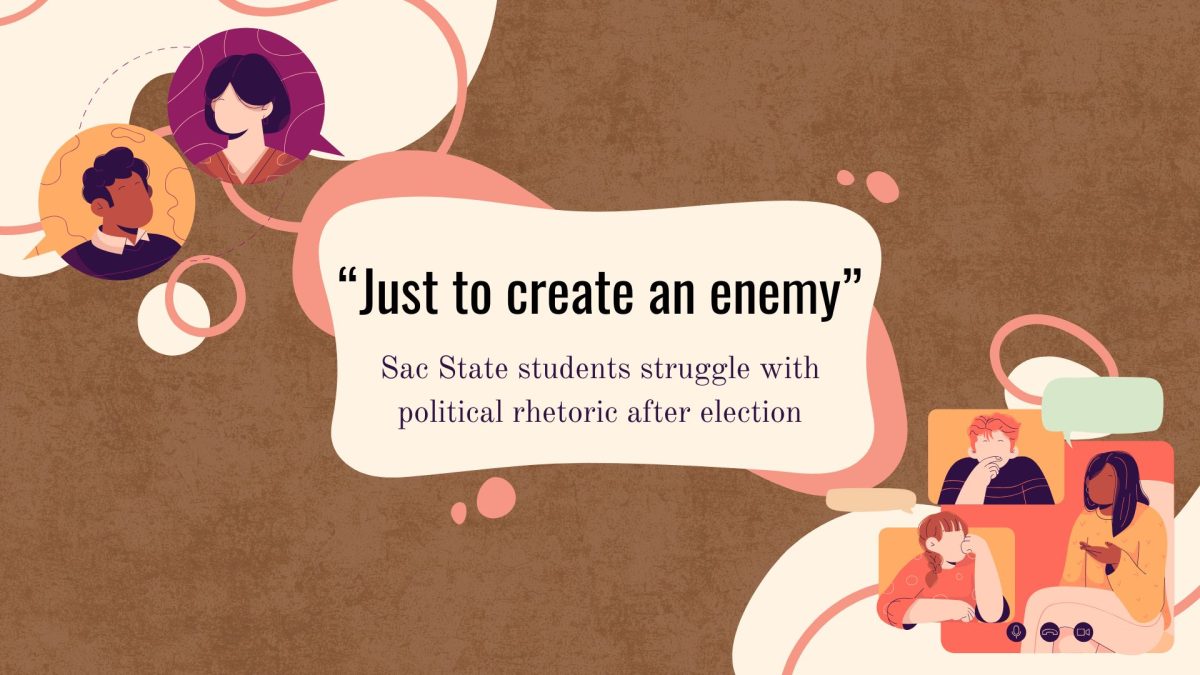Democrats present big plans for higher education
November 22, 2006
(COLLEGE PARK, Md.) – If Democrats have their way when they take the congressional reins in January, college students nationwide may benefit from a new set of efforts aimed at making higher education more affordable, the Washington Post reported this week.
The higher education initiative is among several key plans the first Democratic majority in 12 years is hoping to pass in the first few months of the next session of Congress, all of them aimed at taking the strain off Americans’ wallets. For students this year, House Speaker-elect Nancy Pelosi, a vocal education advocate, is pushing to increase the limit on need-based federal Pell grants, give students a sizable tax break that would offset $3,000 in tuition costs and decrease the interest rates on student loans.
The Pell grant increase would be the first in five years, but the wider-ranging effort by Democrats to address college costs is the first effort in a number of years that aims to address steadily climbing tuition and fees at colleges and universities across the country.
This time around, Democrats have proposed raising the maximum limit on Pell grants, which do not have to be repaid, from $4,050 to $5,100. Democrats have assailed President George W. Bush for not raising Pell grants across the board since he took office, especially since it was part of his 2000 campaign platform. Democrats also plan to secure a 100 percent tax credit of up to $3,000 in tuition and re-establish refunds to students since legislation providing $4,000 in educational refunds expired last December.
Democrats have also proposed cutting interest rates on certain loans in half, from 6.8 percent to 3.4 percent. Interest rates on student loans saw a hike under the Higher Education Reconciliation Act Bush signed in February, but it has not been determined which loans would be affected by the cut.
The proposed legislation, coupled with the election of Maryland Gov. Martin O’Malley (D) and Democratic U.S. Sen. Ben Cardin, could prove especially meaningful to university students, who have seen tuition rise about 40 percent at state institutions since Republican Gov. Robert Ehrlich took office in 2003. Among O’Malley’s goals is getting a grip on tuition costs.
But Democrats statewide and at the federal level will face significant costs in providing tuition and debt relief to students. Increasing Pell grants is projected to cost $17.3 billion and reducing loan interest may cost $18 billion.
Because O’Malley has not laid out a specific plan for keeping tuition affordable, it’s unclear what state costs may be, but Democrats have eyed some of the governor-elect’s campaign promises warily after news came last week that the state could face a $400 million shortfall next year.
Cardin, who’s filling the first open Senate seat in the state in 20 years, has a record of championing lower interest rates on student loans, expanding Pell grants — the most common form of federal student aid — and supporting education tax credits that would give thousands of dollars back to college students.
And long-term U.S. Sen. Barbara Mikulski, also a Democrat, has fought for similar issues, including a $4,000 tax credit for college students and a HOPE scholarship tax credit, which would give students $1,500 for their first two years of college.
According to a 2003-2004 National Postsecondary Student Aid Study, students garner an average of $19,202 in federal debt before earning their diplomas. At this university, a full-time, on-campus student reaping the benefit of all these changes — receiving the maximum refund and Pell grant — would pay about half the full cost of tuition, fees and room and board, which is $16,468.
Despite some obstacles, including a slim majority in the Senate, national Democrats have expressed optimism about their goals’ success. Susan Sullam, Cardin’s press secretary, said consensus in Congress shouldn’t be hard to build. Americans’ attitudes toward education, paired with Cardin’s seat in the Senate Health, Education, Labor and Pensions committee — of which Mikulski is also a part — will ensure some kind of legislative progress is made, Sullam said.
“I think that the American people in the 2006 election made it very clear they want a change,” she said. “I don’t know that it’s strictly a partisan issue. There are a lot of people from the Democratic and the Republican club who want to improve people’s chances to attend college.”
The initiatives come at a relatively bleak point in American academic funding. While total student aid rose last year to $134.8 billion — an increase of almost 4 percent — the average Pell grant fell by $120 and the issuance of federal grants did not keep pace with inflation, according to an October report by the College Board.
And where Pell grants covered nearly 80 percent of tuition costs in the ’70s, they cover only 33 percent of the average tuition of a four-year college student today, according to the report.
Though Sullam could not say how the initiatives would be funded, she said a reordering of priorities would be necessary to ensure the goals reach their fullest potential.
“We have to look at the budget very carefully,” she said. “A lot of resources are going to tax cuts for energy companies or the wealthy 1 percent of Americans. … There are a lot of issues like that that should be closely looked at.”




























































































































